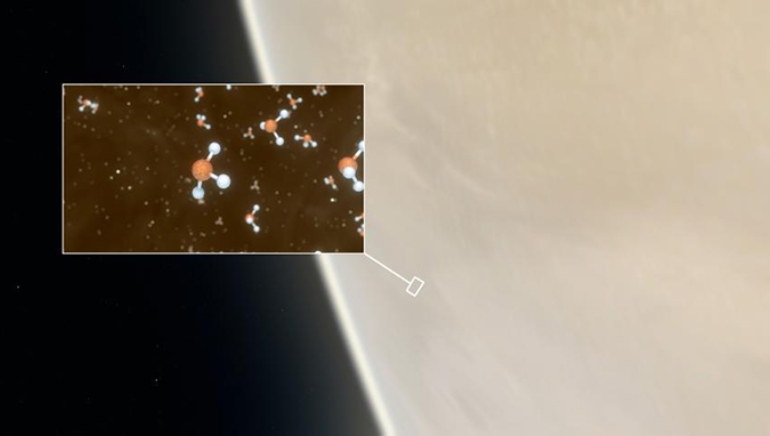Researchers discovered phosphine and ammonia in Venus’ atmosphere, which could indicate the presence of life. Venus, the second planet from the Sun, has a hostile environment with surface temperatures of around 450 degrees Celsius and an atmosphere primarily composed of carbon dioxide.
A team led by Jane Greaves of Cardiff University discovered phosphine in Venus’ upper atmosphere using the James Clerk Maxwell Telescope.
This study, reported in Nature Astronomy, suggests that biological activity may exist in the acidic cloud deck, where temperatures hover around 75 degrees Celsius and pressures are similar to those seen on Earth’s surface. Greaves observed that phosphine may be destroyed by sunlight, leaving the source unexplained.
Another team identified ammonia using the Green Bank Telescope. On Earth, ammonia is generated by industrial operations or nitrogen-converting microorganisms. This discovery calls into question the existence of microbial life in Venus’ clouds, yet it might simply be the product of unknown chemical processes.
Scientists emphasise that these observations do not establish the existence of life. Dr Dave Clements of Imperial College London proposed that prior warm, rainy conditions on Venus may have caused life to adapt to the cloud environment. However, more research and space missions are required to validate these discoveries and comprehend their ramifications.















